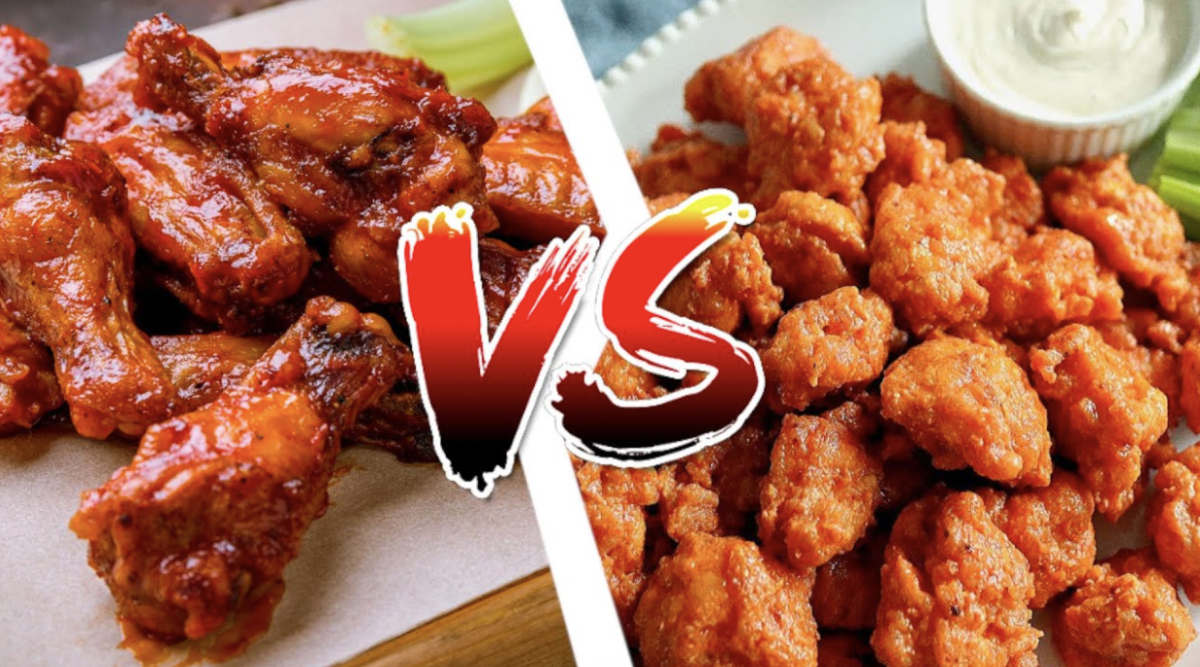In the contemporary fashion world, second-hand goods are less likely to be bought over the flashy brand-new textiles shown in mainstream storefronts. However, new clothing can be expensive, which is why the media and many others are shifting to a new style: thrifting.
Thrifted items are previously loved articles of clothing that are still in good condition. The preowned aspect allows for the clothing to be sold at a cheaper price, but make no mistake, they are still respectable pieces. The decrease in price sometimes leads to the common misconception that thrifting is unsanitary and disorganized. In reality, thrift stores are perfectly reliable, sustainable, and well-maintained storefronts, all while maintaining their affordability.
As the fourth largest city in the United States, Houston has a vast number of thrift stores scattered throughout its concrete jungle, and I can sympathize with the stress of finding quality thrift stores. So here are some of my recommendations as a seasoned thrifter.
The Salvation Army, located off of Bissonnet Street, is a fantastic place to start as it is cheap, organized, and contains a variety of clothing items. One great thing about the Salvation Army on Bissonnet is their discounts and sales on Wednesdays, which means the whole store is half-price.
Directly next to the Salvation Army is another thrift store called Value Village Texas. It is open seven days a week and contains a great selection of pants. Ranging from but not limited to denim and cargo, the number of pants in this thrift cannot go unnoticed, as rack after rack is filled with an amazing variety.
Furthermore, Buffalo Exchange, Old Garage Inc., The Guild Shop, Leopard Lounge, Petty Cash, and Pavement are a few honorable mentions in the downtown area. All of these stores have a great selection of quality secondhand clothing and trinkets.
Upon entering a thrift store, you want to think precisely about the types of clothes you hope to score. This can include t-shirts, dress shirts, pants, shorts, hoodies, sweatshirts, ties, belts, etc. Mapping out your interests helps remove the stress and confusion of navigating the store’s clothing racks. Another tip, especially for finding rare clothing, is the tag. The textile tag says a lot about the quality of the clothing. Each tag has a different story, with cloth tags being the highest tier, engraved tags into the textile being second-tier, and no tag being the lowest tier. The tag will tell you everything you need to know about the shirt’s origin, which is crucial if you want a vintage, sometimes exclusive, find. A more advanced way to find a vintage clothing item is to look at the stitching. The stitching will tell you the age of the clothing. A single or double stitch signals that the clothing piece is from the late ‘80s to modern day. While stitching all over indicates it is from the ‘70s to early ‘80s.
Thrift stores commonly have discounted days at certain times in an attempt to discard piles of clothes. Depending on which store you choose, it will impact which days are best and if they have discounts. For example, if you go to the Salvation Army, the best day is Wednesday due to their half-off store-wide sale. Other stores have their selected days, most of them choosing Saturday because of the availability, for it is the weekend.
I choose thrifting over retail shopping because of its sustainability. By purchasing old clothes rather than new ones, I help maintain a more eco-friendly environment in my city. By giving a garment a second life, one less item is heading to a landfill, thereby reducing waste production. I strongly urge you to help your environment by following this guide and going thrifting!







